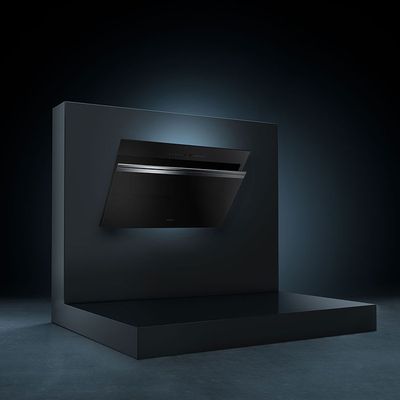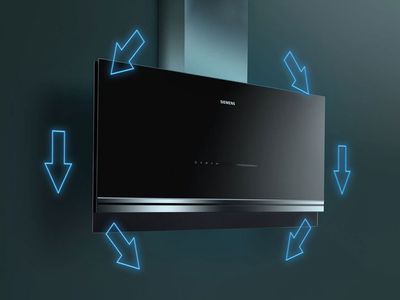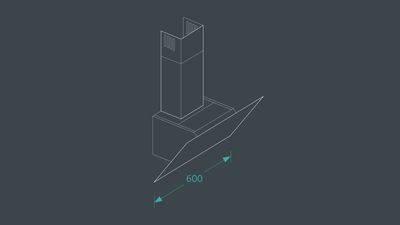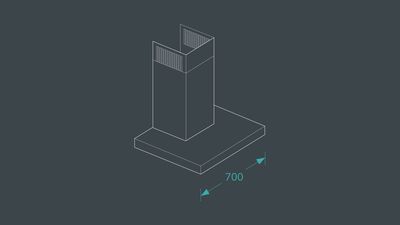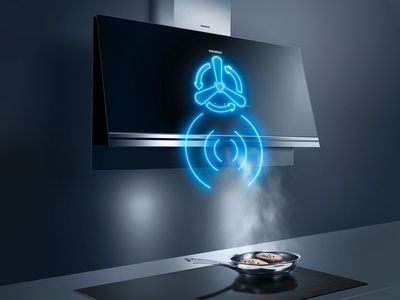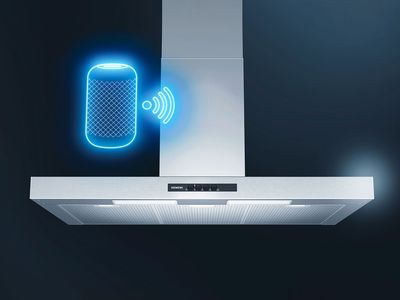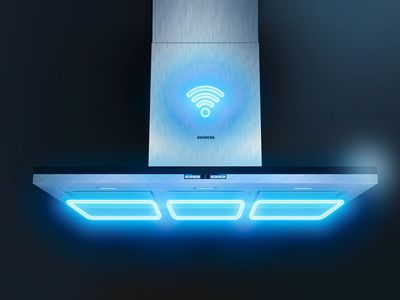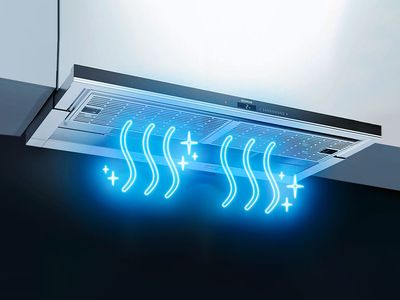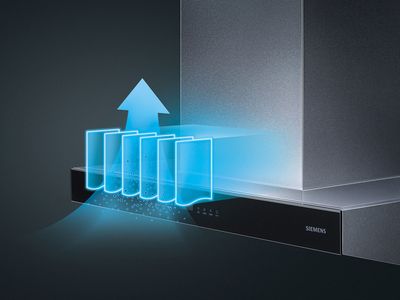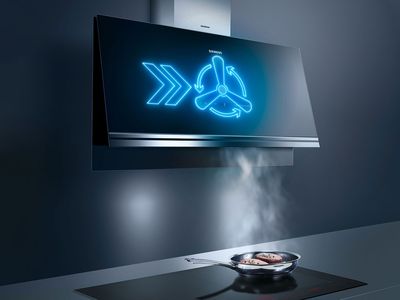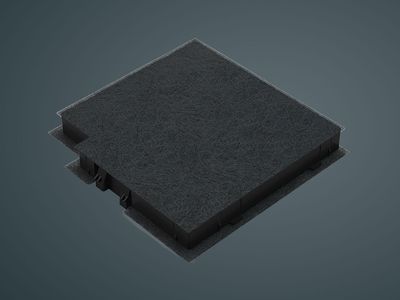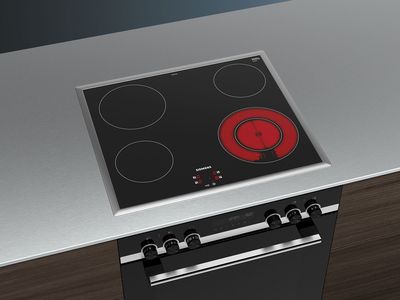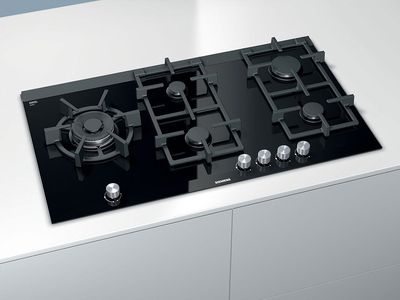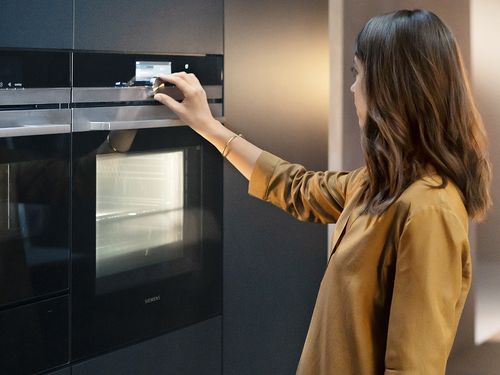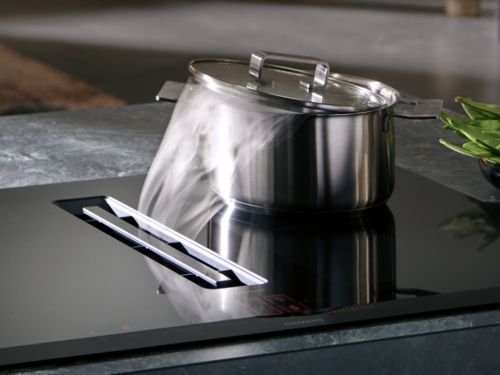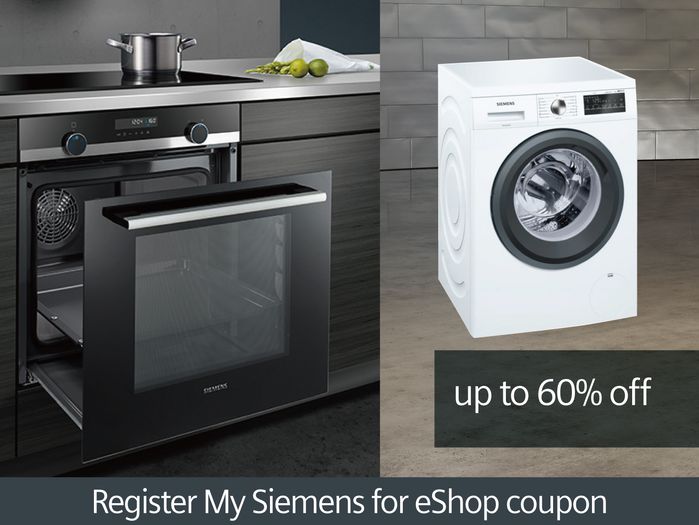Cooker hoods come in all shapes and sizes. To find one that best suits your needs: compare the benefits of ductless vs extractor hoods, weigh up your design and installation options, match the size to your hob and kitchen, consider noise levels, and see what innovative features are available. This helpful cooker hood guide answers the most common questions:
- Ductless vs extraction: which cooker hood is best for me?
- What type of cooker hood should I buy?
- Which island cooker hoods are best for me?
- Power levels: how many cfm do I need for my range hood?
- What size cooker hood do I need?
- Cooker hood noise levels
- What innovative features does Siemens offer?
- What type of filters are there?
- How high should a cooker hood be?
Ductless vs extraction: which cooker hood is best for me?
Deciding between a ductless or an extractor range hood is largely a matter of personal preference but there are a few factors to consider. Extractor hoods are generally more efficient and easier to maintain. They are also better at removing heat and moisture and often quieter since they don’t use strong fans to recirculate filtered air. However, they must be professionally installed. Ductless hoods are far more flexible as they can be easily installed, anywhere. This also gives you more design options when remodeling your kitchen. In terms of styling, all cooker hood models are available in ducted or ductless versions.
What type of cooker hood should I buy?
While extractor hoods are most effective, the specific type you need depends on the layout of your kitchen and installation requirements. Island hobs can be fitted with the following types of kitchen island hood: a ceiling hood, island chimney hood, downdraft hood or vented hob. While built-under hoods, canopy hoods, integrated design hoods, telescopic hoods, wall chimney hoods and vented hobs are suitable for standard kitchens.
What size cooker hood do I need?
To keep your kitchen free of smoke and odors, your cooker hood must be at least the same width as your hob. However, 1.5 times wider is the ideal size. You should also make sure the extraction rate of the hood is sufficient for the size of your kitchen.
How much extraction rate do I need for my range hood?
The extraction rate refers to how much air gets filtered in an hour. This is measured in cubic meters per hour (m³/h). Ideally, all the air in your kitchen should be filtered approximately 10 times per hour. Therefore, the recommended extraction rate will varies depending on the size of your kitchen.
For those who want to know it in detail: You can calculate the optimal extraction rate for your exact needs by multiplying the width, length, and height of your kitchen to get the total cubic meters, and then multiplying that number by 8 and add 200 (W x L x H x 8 + 200).
Cooker hood noise levels
Since cooker hoods are designed to create a comfortable cooking environment, noise level is an important consideration. The average cooker hood has a noise level of between 60 – 70 decibels. Anything above this is likely to be distracting.
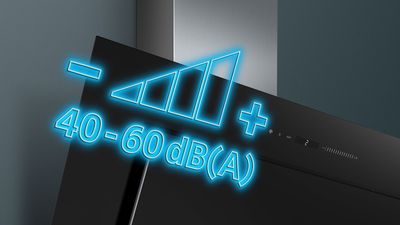
What is the quietest range hood?
Any range hood with a sound output of between 40 – 60 decibels is considered to be very quiet.
What innovative features does Siemens offer?
What type of filters are there?
There are three main types of extractor hood filters; fleece filters, metal grease filters and odor filters (also called activated carbon filters). Fleece filters are simple grease filters used in a few, mostly older, Siemens cooker hood models, while metal grease filters are used in both circulating air and exhaust air systems. Odor filters / activated charcoal filters are only used in recirculation mode to remove bad odors from the cooking vapors.
How high should a cooker hood be?
The amount of clearance required depends on which type of hob you choose. For standard electric, ceramic and induction hobs, your cooker hood should be between 55 – 70cm high while gas hobs need a clearance of at least 65cm – and more for larger appliances.

